Fifty Foot Hose | Interview | Cork Marcheschi
Fifty Foot Hose was a pioneering band in the realm of experimental music during the 1960s.
Their innovative fusion of psychedelic rock with electronic and avant-garde elements marked them as one of the most distinctive acts of their time. With their groundbreaking album ‘Cauldron,’ Fifty Foot Hose pushed the boundaries of music, leaving a lasting impact on the avant-garde music scene.
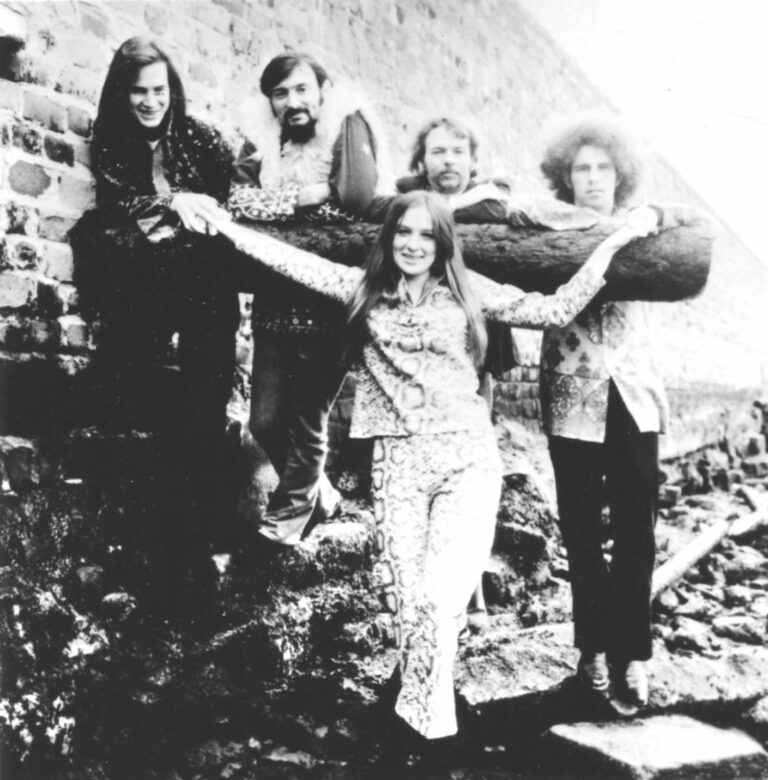
“We decided to put a band together with the idea that rock ‘n’ roll was electronic music”
Where were you born, and what can you tell me about some of your early influences?
Cork Marcheschi: I was born in Burlingame, California, just 15 minutes south of San Francisco. I am first-generation Italian-American. My mother sang operas and was in the chorus of the San Francisco Opera. We lived in a community of immigrants, including Italians, Russians, Mexicans, Japanese, and Greeks. The parents all spoke broken English, and the kids all played together. The smell of all the different foods flowing into the street was wonderful.
We all lived together with my grandmother and grandfather. Those were great times! The Bay Area had one great jazz station, two blues stations, and two rock ‘n’ roll stations, so music was very easy to find and hear. My friends had older brothers and sisters, and when I was at their houses, I would hear music I wasn’t familiar with, and it interested me. Blues caught my ear at the age of 8. I loved the groove. I also had the accidental opportunity to hear a black church choir. I can still feel the hair on the back of my neck standing up as I heard the choir shake the church with their power. So black blues-based music was my first love.
What was the scene like in Burlingame?
There was no scene of any kind in Burlingame. It was a nice small town very close to San Francisco, but there was no music scene.
Were The Ethix your first band?
My first band was called “The Hide-away”. It was 1962, and we played for about a year. The drummer quit, and I was directed to Gil Sanchez. Gil had some friends who were in bands, and he asked them to come to a rehearsal. There I met Gene Sanchez (no relation to Gil). Gene was a good singer. After a couple of months, the guitar player quit, and we got Reese Sheets (later of The Vegetables) and Wayne Ceballos (later of AUM). This band became The Ethix. We played R&B and worked every weekend at school dances or clubs. We were all underage but had phony IDs.
This band played together for a couple of years. It broke up, and I formed a new band with Johnny Pichetti on drums, Bob Noto on guitar, Ken [I can’t recall his surname] on vocals and sax, and Bill Gerst on keyboards and trumpet. This band worked a lot of nightclubs in the North Beach area of San Francisco. We put out a record called ‘Skopull’. I think it was on the DM label. We joined a musical show and toured California. While on tour, we were picked up by an agent who booked us into a Las Vegas Lounge, “The El Rancho”. We played there for 2 weeks and then went to the “Pussy Cay Ag Go”. This was an after-hours place where all of the entertainers and showgirls would come after work. We played from midnight to 6 AM. I didn’t know we needed a special card from the police to work in places that had alcohol and gambling. Three of the band members were under 21 years old, so we couldn’t work in Las Vegas and had to leave. That was the end of the band. I was so depressed that I went home and did nothing for 3 months. Then I met David Blossom on a casual gig, and we started to talk about music and what it was and could be. I had been in art school for 4 years and was well aware of avant-garde music. I had owned ‘Poème Électronique’ since 1962 – this was my introduction.
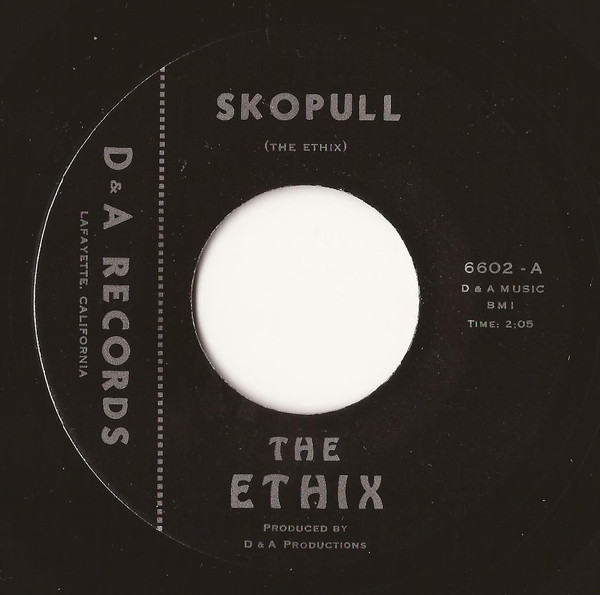
So David and I got together the next day, talked, and listened to records. I played ‘Bad Trip’ for him. Electronic music, free jazz, feedback guitar solos, etc. We decided to put a band together with the idea that rock ‘n’ roll was electronic music; it just didn’t know it yet.
You released only one single, right? It featured “Skins / Bad Trip”. Where was it recorded, and how many copies were made?
‘Bad Trip’ was recorded with Bob Noto on guitar, Bob Gibson screaming and hollering, and I played some bass and hit a large cardboard tube with a stick. We recorded this on a two-track Sony in my parents’ family room. We put Bob in the bathroom as a kind of sound booth. It was one take, and it was really fun. I wanted to deal with it as Musique Concrète, so I suggested that the record could be played at any speed.
It was an art project for me. My love of Dada was fully realized in ‘Bad Trip’.
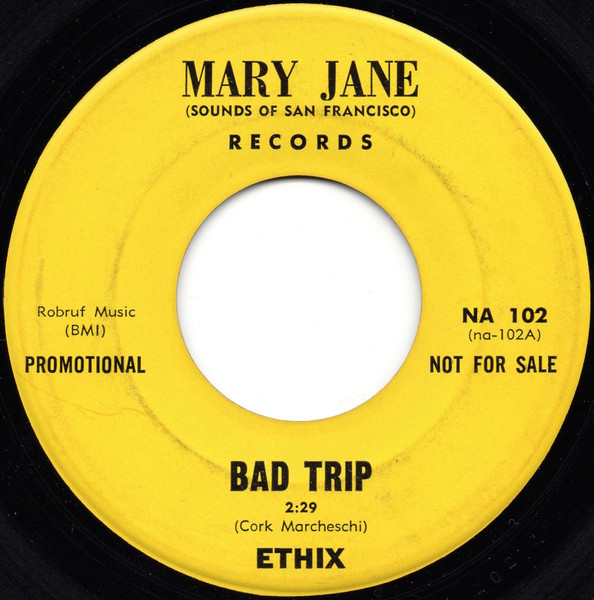
What happened next after The Ethix?
David Blossom and I looked for people who might be able to play experimental music in the rock world. We found Larry Evan on Guitar, Jerome Kimsey on drums, and Nancy Blossom (David’s wife at the time) sang. I played bass and electronics until the electronics became full time, and then we needed a bass player, but we never really had a steady one. We needed to work and make money while we got our music together, so I booked us into all of the old clubs we used to play in. I understood that after they heard the band, this would be the last time I could ever play in these straight clubs again. We worked for about 6 months, and on a gig, some trumpet player suggested that I bring a tape to Brian Rohan, a music lawyer, and go-between with record companies. We made a tape with 4 to 6 songs — if not this time – fly free – god bless the child, and I can’t remember the last one. I brought the tape to Brian, and 2 months later I got a call from him telling me a guy from Mercury Records wanted to see the band. We organized a meeting in my parents’ family room – the same place I recorded “Bad Trip”. Robin McBride was the agent, and he loved the band and signed on the spot.
I know you used custom-made electronic instruments made from a combination of elements like theremins, fuzz boxes, a cardboard tube, and a speaker from a World War II bomber, and I would love if you could tell us more about this mind-blowing instrument.
There was a tube-type Theremin, some fuzz-tone type devices, and a wonderful plastic speaker from a WW2 navy boat. It was amazing.
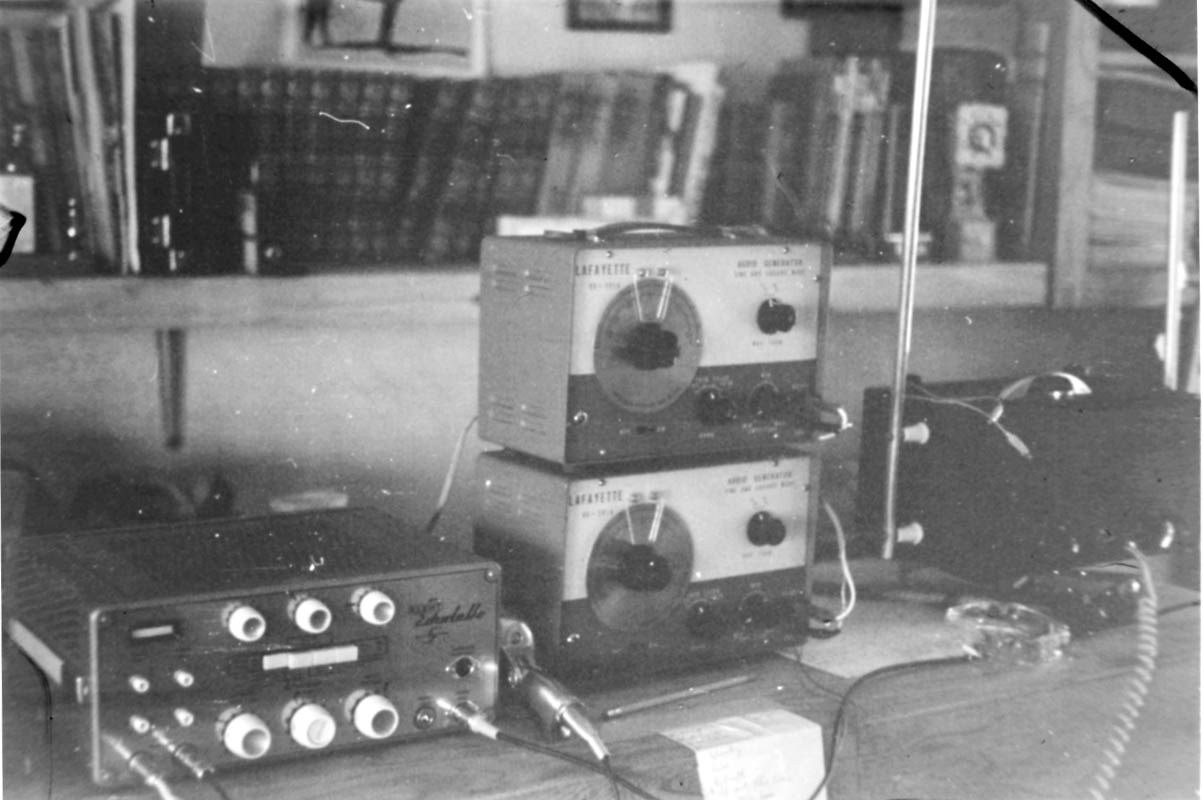
It was mounted in the wooden book that was the instrument – It faced up, and I would put marbles and ball bearings in it, then run very powerful low-frequency waveforms through it. The sound was like nothing you have ever heard, and the visual of the dancing marbles was great. I had three tone generators – a Hoener Echolette, an electric siren, and the squeaky box that sounded like a rat being killed. Additionally, I had two different types of microphones, saw blades, the cardboard tube, and a spark gap. This would create a very bright and loud arc of electricity. I still have a lot of it.
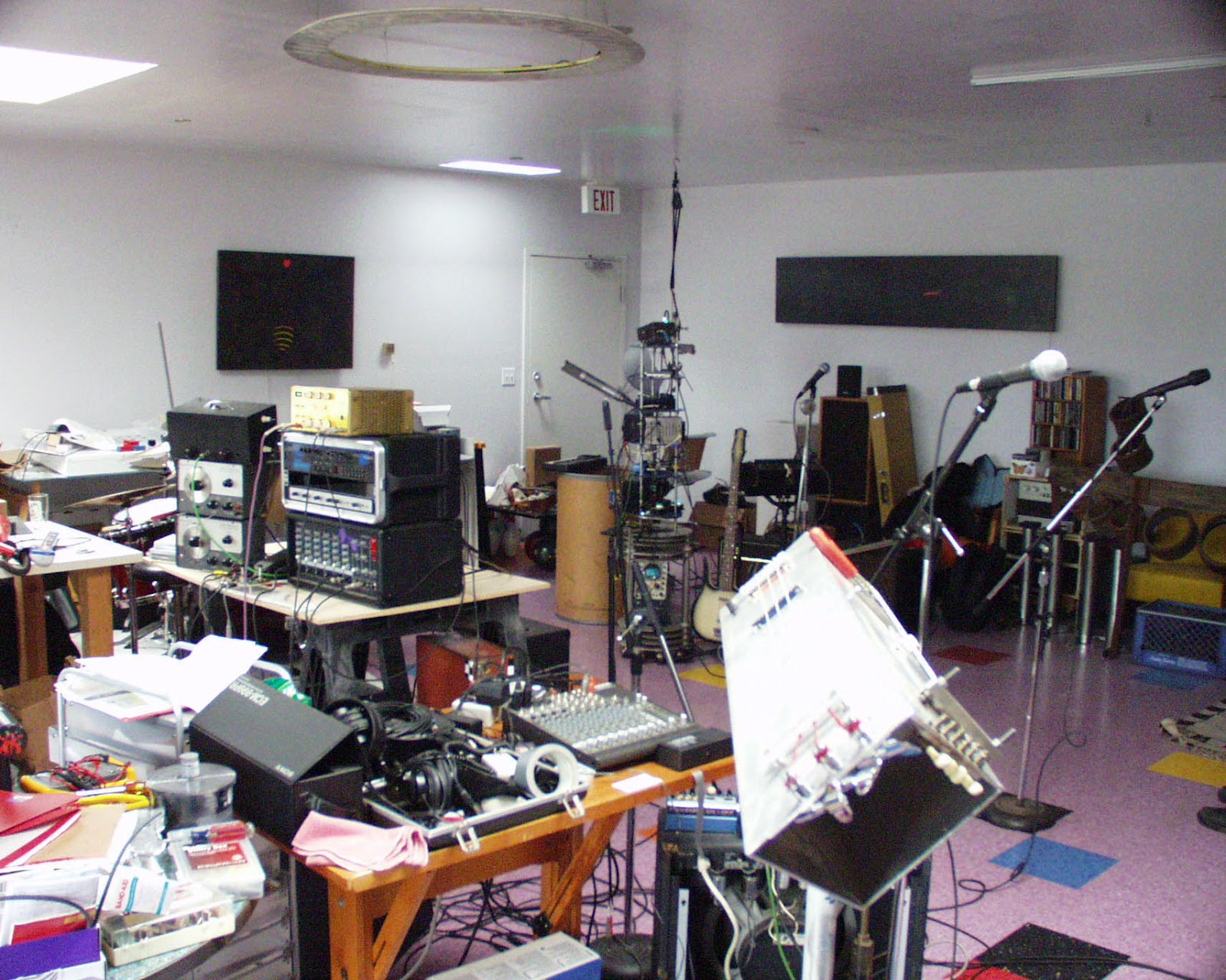
In 1966, I started working with Experiments in Art and Technology – an arts group that looked at merging art and technology. I participated in some of their events, and through EAT, I met Tony Nazzo from the Mills College Tape Music Center. This is the place where Terry Riley did his residency, and Don Buchla developed the Buchla Box synthesizer. Anyhow, David and I got to work with mature composers and musicians in the experimental music world through Mills College Tape Music Center.
Around late 1966 and 1967, you started to record ‘Cauldron’. What are some of the strongest memories from producing and recording it?
The best memories were of working with David. The two of us were the band. He held the traditional structure of the music together, and I brought the experimental and DADA to the Hose. Mercury Records had a big rehearsal space, and all of the bands signed to them would rotate through the rehearsal space. We would be in the space with Mother Earth, Blue Cheer, Doug Sham, Tongue and Groove, etc.
The recording sessions that we did at Trident Studios in North Beach were great. Dan Healy (from the Grateful Dead) was our engineer, and he was perfect for getting into all of the weirdness. We made our own reels to hold the tape and made the hole off-center to create wobble in the sound. We took the signal from the board and broadcast it FM to a tuner and then recorded it out of phase. The studio was below ZIMS, a diner, so we just had to call upstairs, and great food would magically show up.
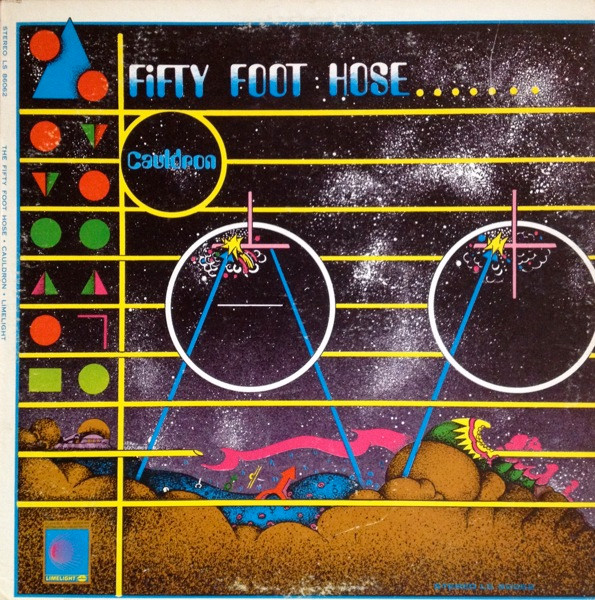
What gear did you use, and in what studio did you record it?
We laid down the basic tracks at Sierra Sound and did the sweetening at Trident Studios.
‘Cauldron’ was released on Limelight Records? How did you get signed up, and how many copies were pressed?
I’m not sure how many were pressed, but I believe it was around 5,000.
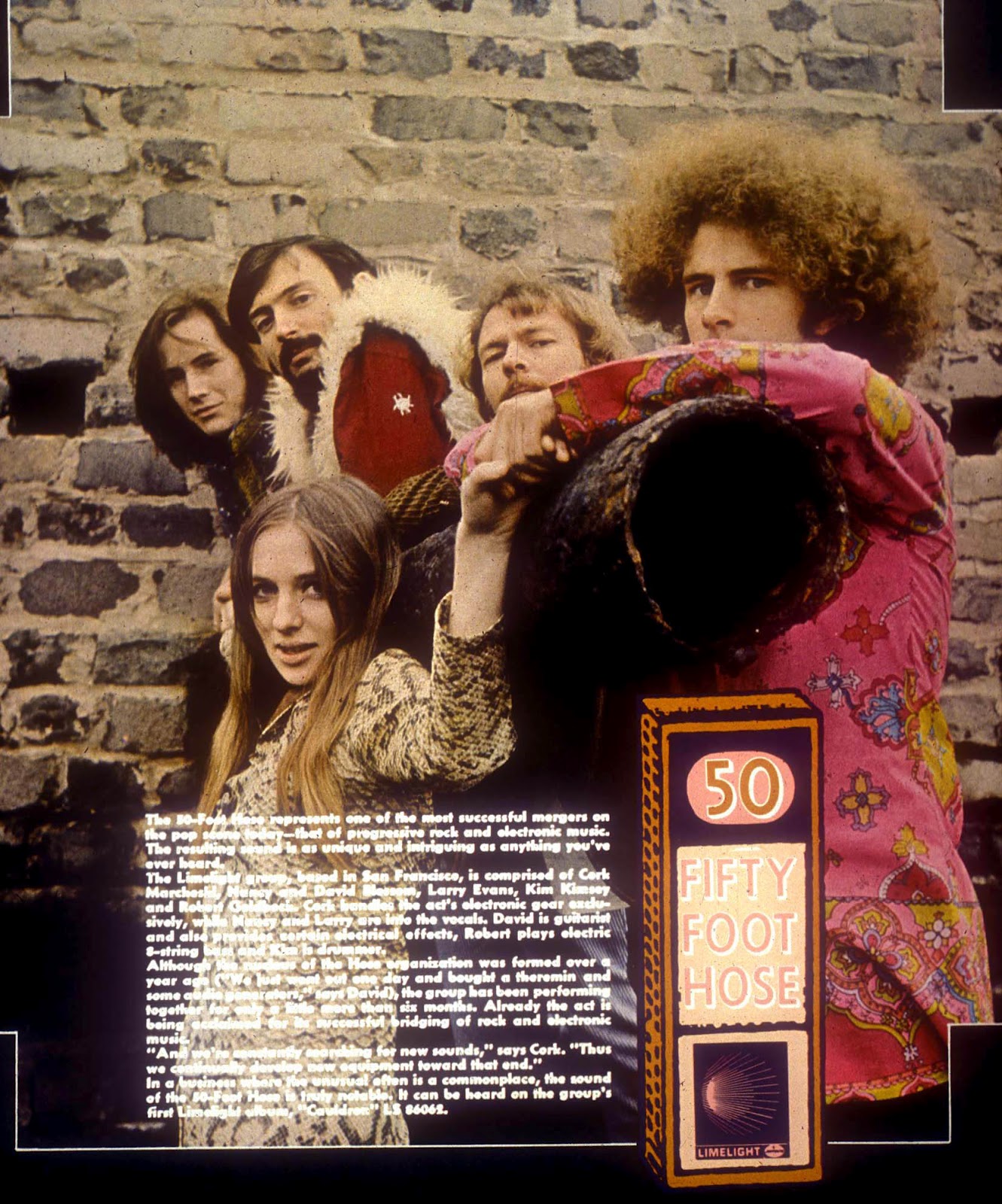
What can you tell me about the cover artwork?
We found this guy who had done some fun posters and understood the electronic aspect of the band, so we gave him the gig.
“The concept was to expand what contemporary popular music was”
What was the concept behind the album?
The concept was to expand what contemporary popular music was. I thought the avant-garde could have found a home with this new group of listeners, but they turned out to be pretty conservative intellectually. Drugs were fine, sex was fine, stopping the wars was good, but when challenged with abstract art, they reacted like conservative people look at a Jackson Pollock painting.
Would you share your insight on the album’s tracks?
‘And After’
I was so naive to think that what John Cage could do I could do too, but I didn’t consider my audience. The idea was you turn your stereo way up and walk away. Slowly, this rumble tone finds resonant frequencies in the floor, walls, and ceiling. You feel like you are in an earthquake.
‘If Not This Time’
One of my favorite cuts – influenced by Schoenberg’s 12-tone scale. The room we first played this in was filled with people we didn’t know, and they became the perfect audience and sound-absorbing material.
‘Opus 777’
All of the little electronic pieces were my sketches, ideas for things to be extended in the future.
‘The Things That Concern You’
Larry’s song – I never liked it.
‘Opus 11’
‘Red the Sign Post’
This song was anthemic. We performed it with passion and joy.
‘For Paula’
‘Rose’
‘Rose’ came from a suggestion by Robin McBride. The line “no one can ever smell a rose” is a play on Marcel Duchamp’s “Why Not Sneeze, Rose Selavy,” which refers to Eros.
‘Fantasy’
We wanted to create a soaring feeling.
‘God Bless the Child’
Nancy liked the song, and we thought we would try to see if we could make it new.
‘Cauldron’
This is our expression of a Tone Poem.
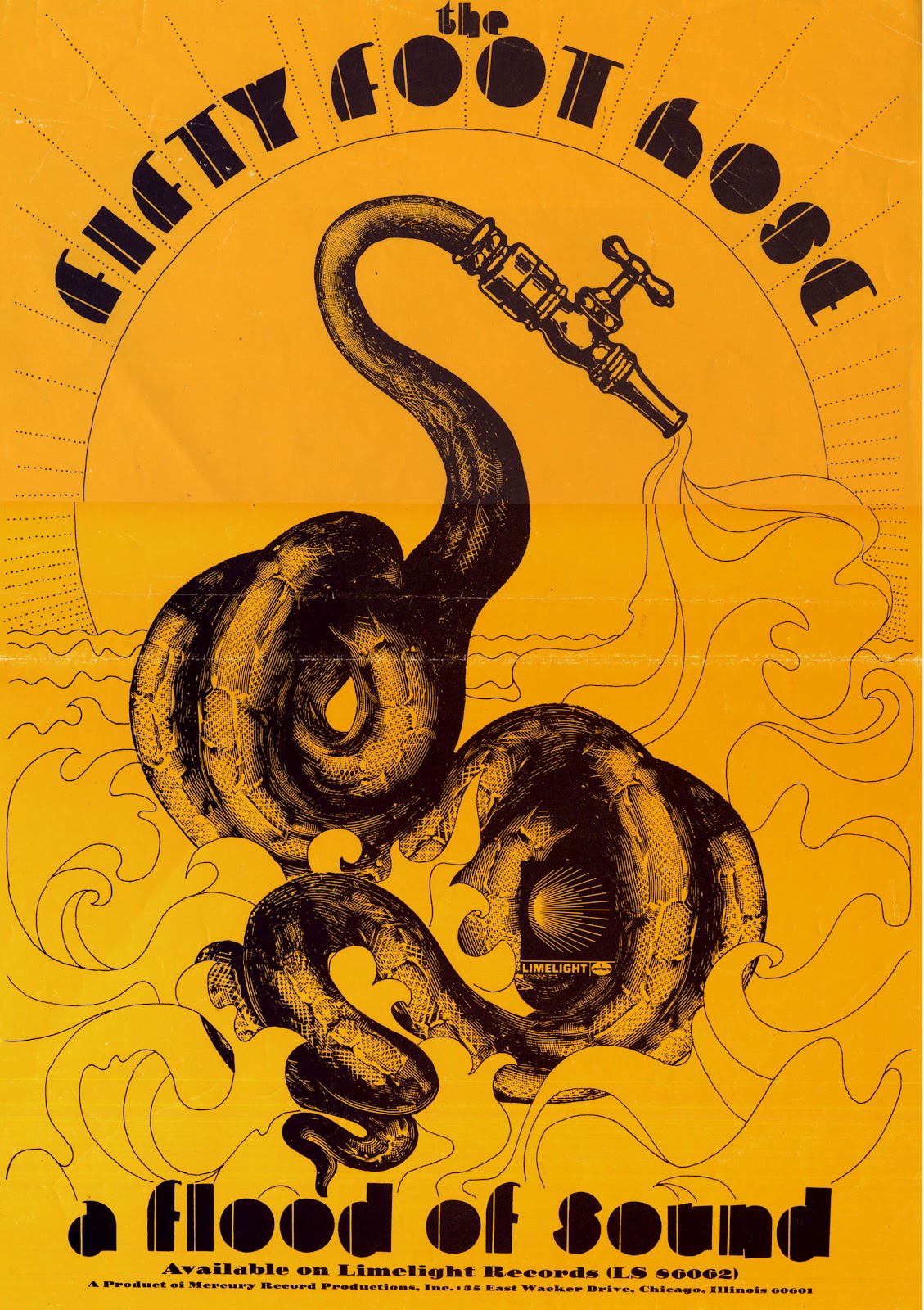
You toured with acts like Blue Cheer, Chuck Berry, and Fairport Convention.
The audiences were usually pretty threatened when presented with things that they didn’t understand or hadn’t experienced before.
Do you have any crazy stories to share from back in the day?
The craziest concert was when Nancy was nine months pregnant and as big as a house. This gig had been booked 11 months in advance, and the band they booked is not the band they got. We were playing for an all-girl Catholic high school, it was very proper and sedate—until we started to play. We started as cool as we could be, but the music got the best of us and we ramped up pretty quickly. At the beginning of the second set, Nancy came out in all her hugeness, and the crowd went silent. You could hear the air being sucked out of the room. We were all taken by surprise, and there was a moment of silence as if someone had died. Then I decided we had to just go for it because there was no turning back. We launched into ‘Red The Sign Post,’ and no one moved – still staring at Nancy’s belly. Finally, one couple started dancing, and then it was like an explosion of young kids who had been waiting for an excuse to go crazy, and they did.
What a night – shoes, jackets, coats, corsages, and other bits of clothing were littered all over the dance floor. The chaperones couldn’t be heard over the amplifiers, so they gave up trying to control the Catholic craziness. These kids didn’t know what they were listening to, but somehow THEY GOT IT!
What happened next? I know most of the members joined the musical Hair, with Nancy Blossom becoming the lead in the San Francisco production and later singing in Godspell. How about you? I know you are a highly respected sculptor, specializing in public work using neon, plastic, and kinetic characteristics. If you would like to talk about that, it would be much appreciated.
I never separated the music from the sculpture – it all felt the same to me. In 1970, I started teaching art at the Minneapolis College of Art and Design. I also began showing my work. By 1973, I was exhibiting my art in Canada, Germany, New York, San Francisco, and other places in the USA.
I moved away from Minneapolis in 1986 and returned to San Francisco, where I have lived for the rest of my life.
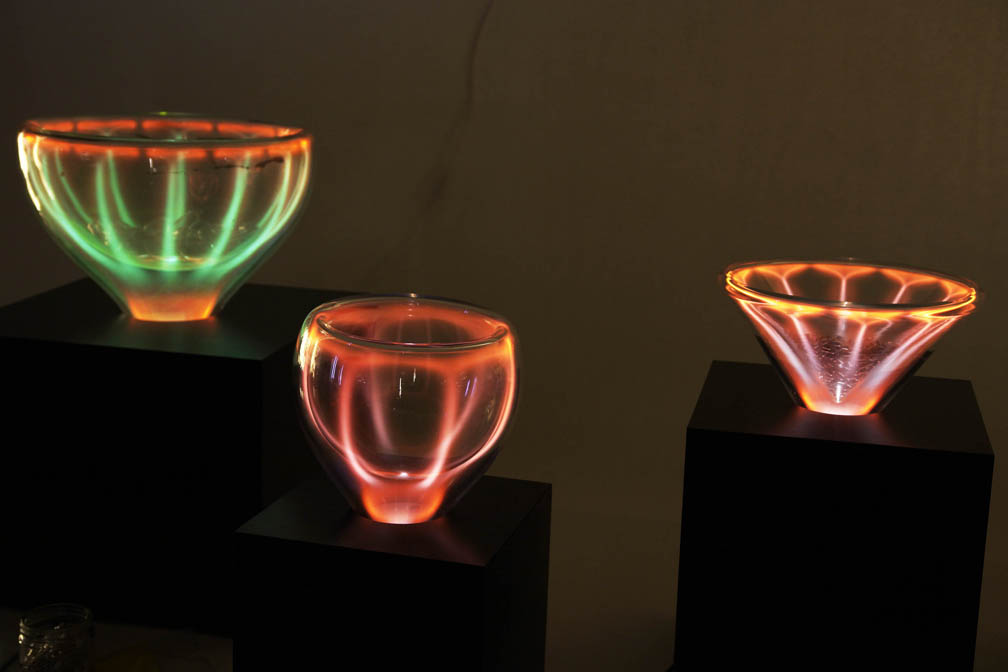
This summer, I was contacted by Billy Bob Thornton (the actor), and he bought 2 Fifty Foot Hose songs for his next movie (2013). I do not have the correct title for the film, but you can find it online under Jane Mansfield’s Car. The band will be getting back together and playing some shows around the opening of the film.
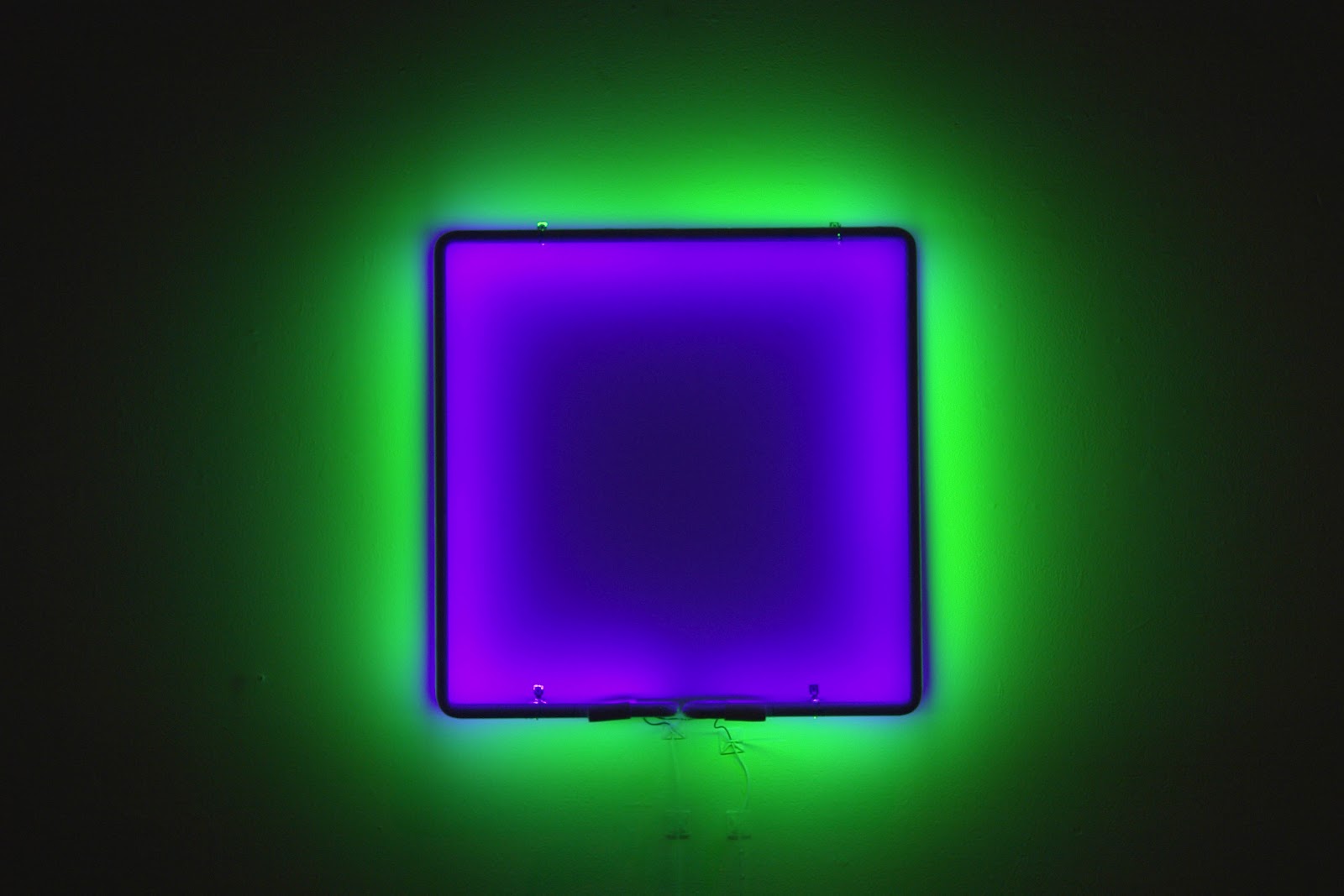
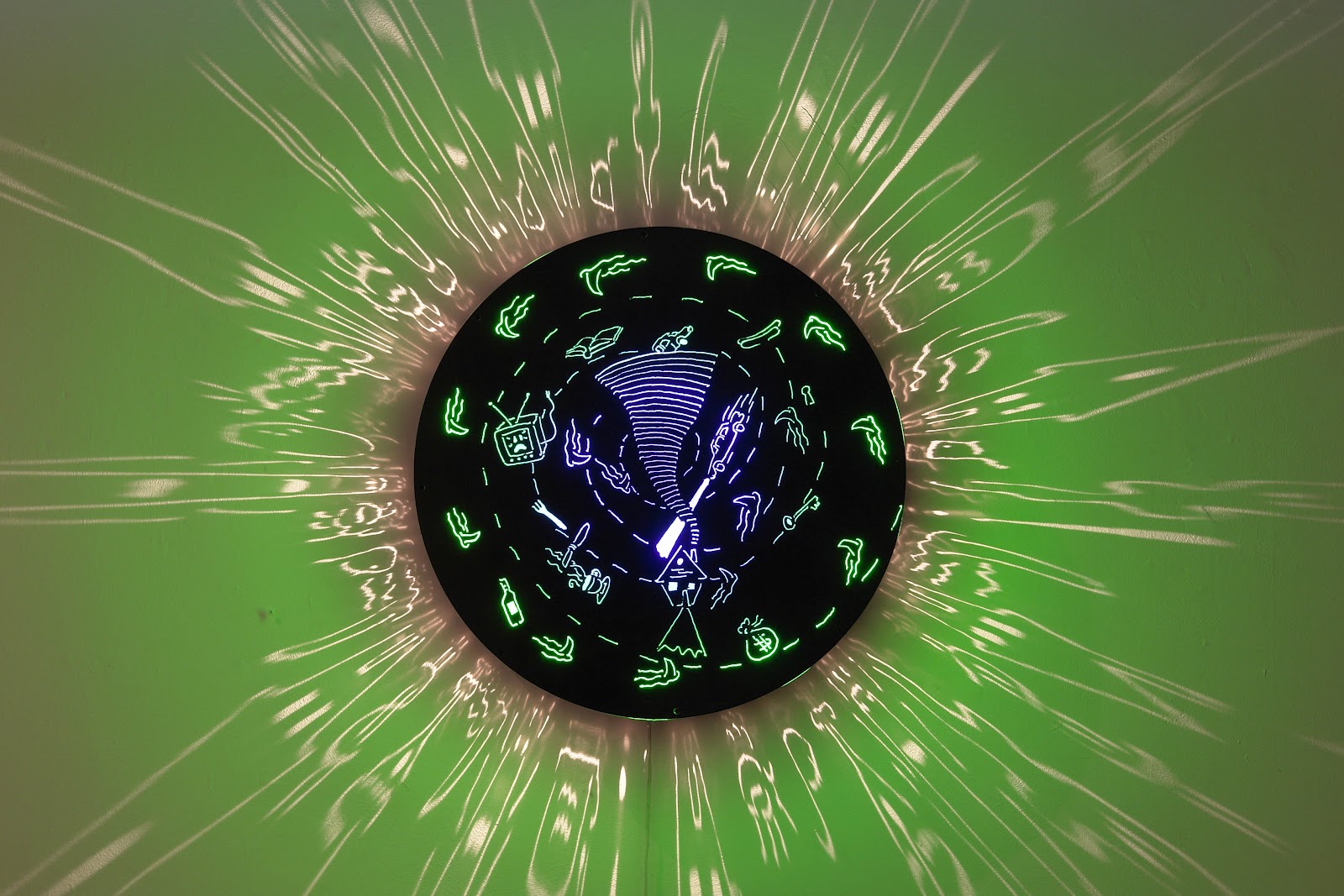
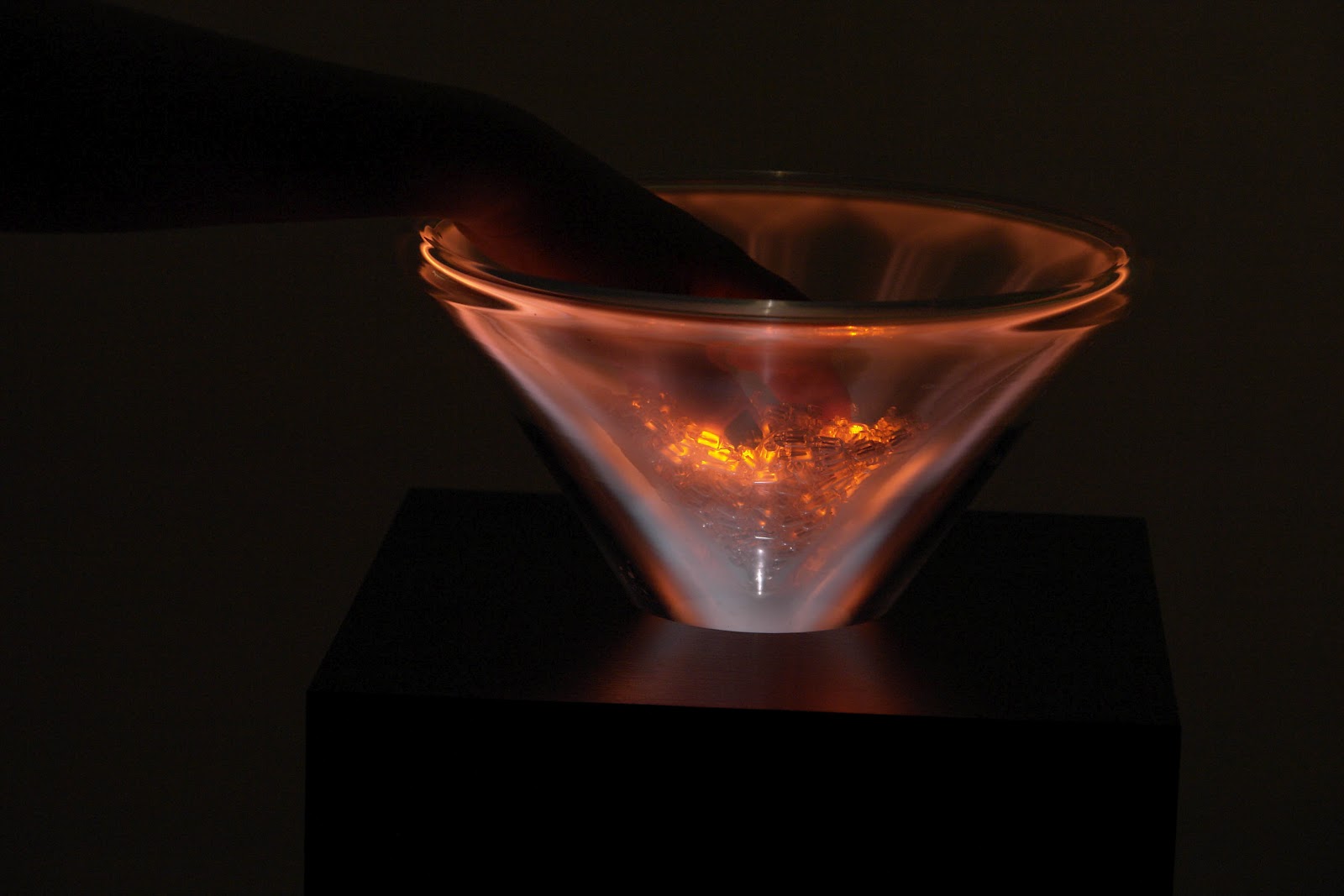
In the mid-90s, you had a reunion and released ‘Live & Unreleased’ and a new studio album, ‘Sing Like Scaffold’.
Yes, we got back together in 1994 and have remained committed to continuing in the tradition of the original band.
If I may ask, what important role did psychedelic drugs play back in the 60s for you guys?
David and I were never into drugs. People who are not aware of new music find that odd, but those familiar with John Cage, Luigi Russolo, Morton Sobotnick, etc., never ask the question since they come from a different contextual place.
Thank you very much for taking your time, Cork.
It was very sad to have David pass away. We had worked together again in 1982 and 1983. David had become a recording engineer, and he did the sound for the feature documentary Survivors: The Blues Today. The film featured John Lee Hooker, Dr. John, Corky Siegal, Archie Shepp, etc. We then did a TV show for the Black Entertainment Network called I Am the Blues, featuring Willie Dixon. That was the last time we worked together, but we kept in touch – we only lived about 1 mile from each other. I miss him.
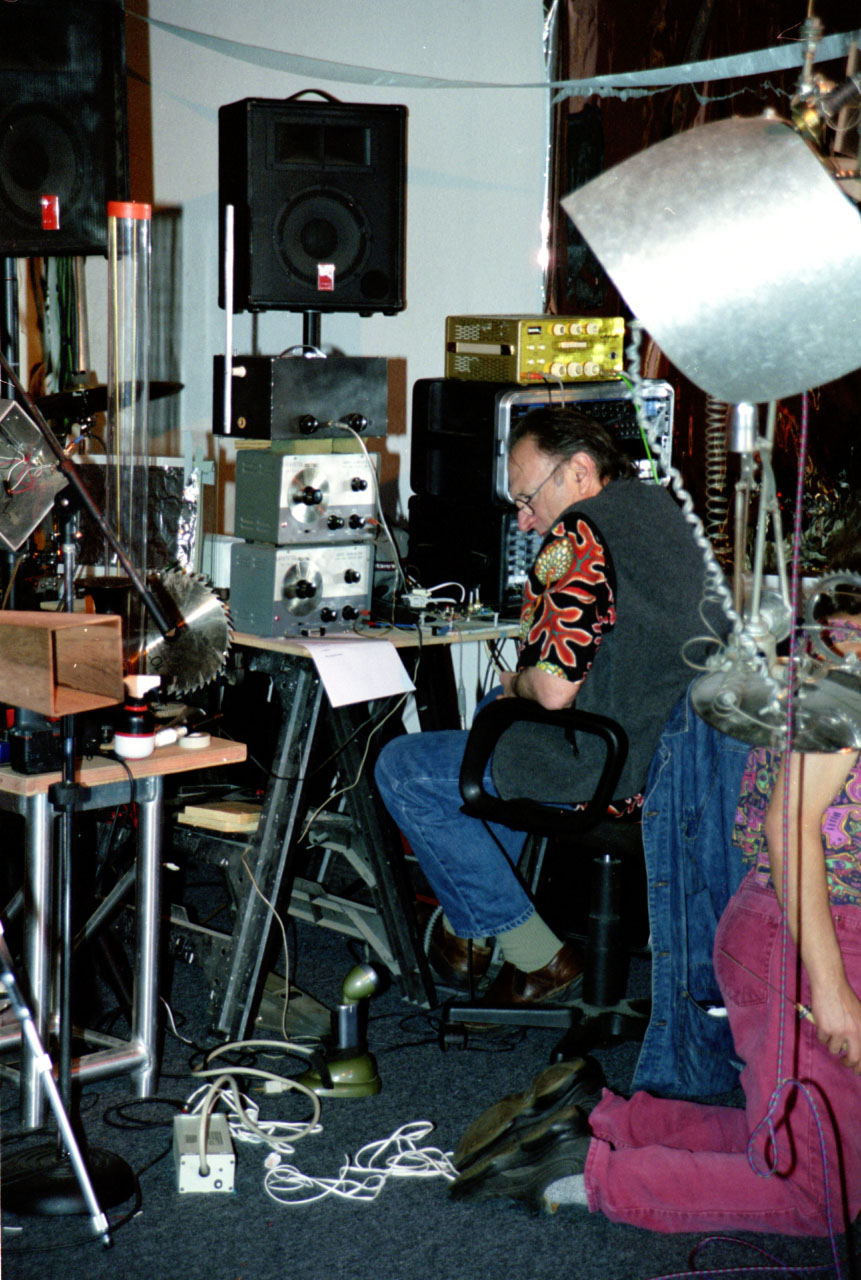
Would you like to add anything else?
Learn from the past so the ignorant of the present do not steal it as their own.
Klemen Breznikar
Cork Marcheschi Official Website

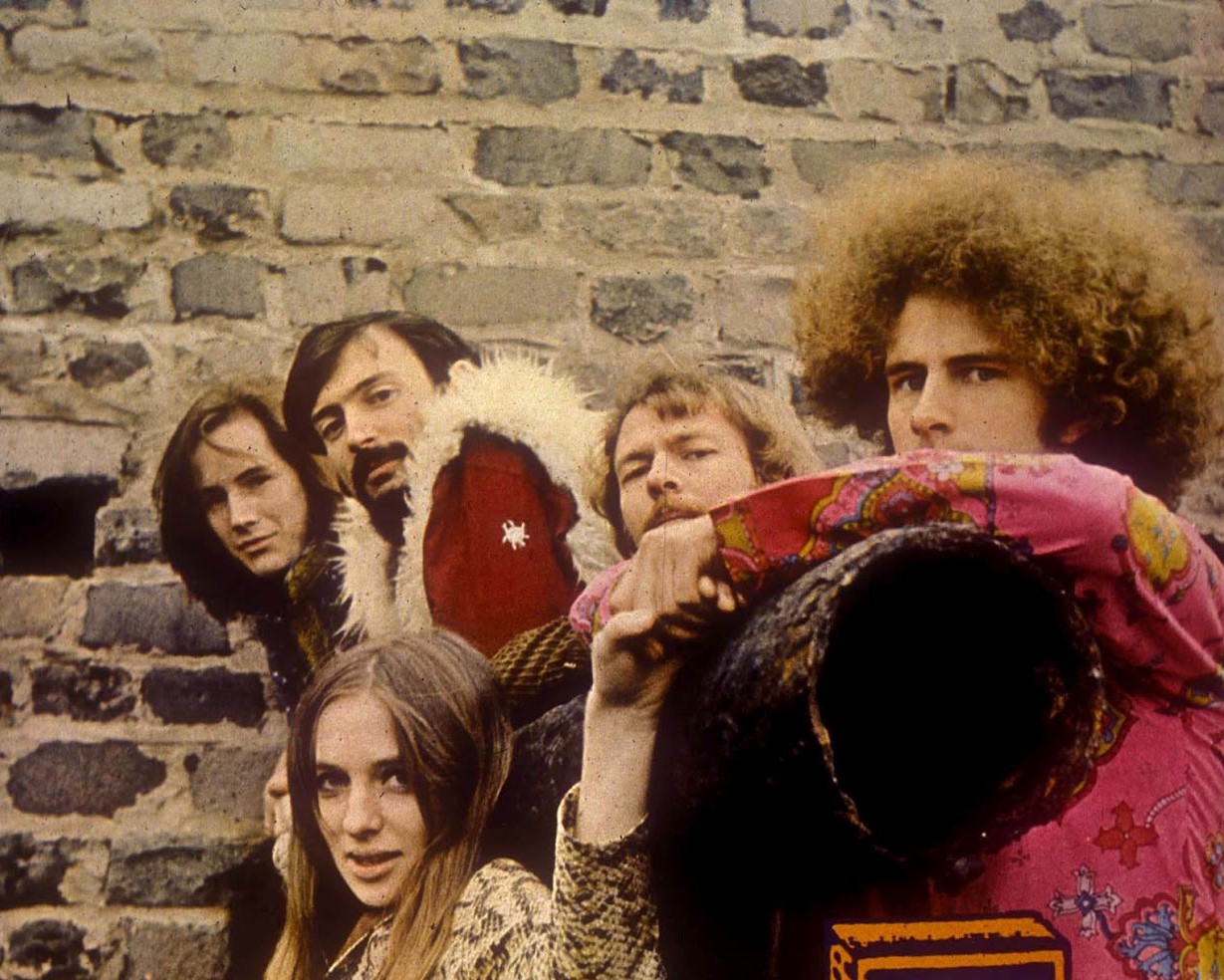
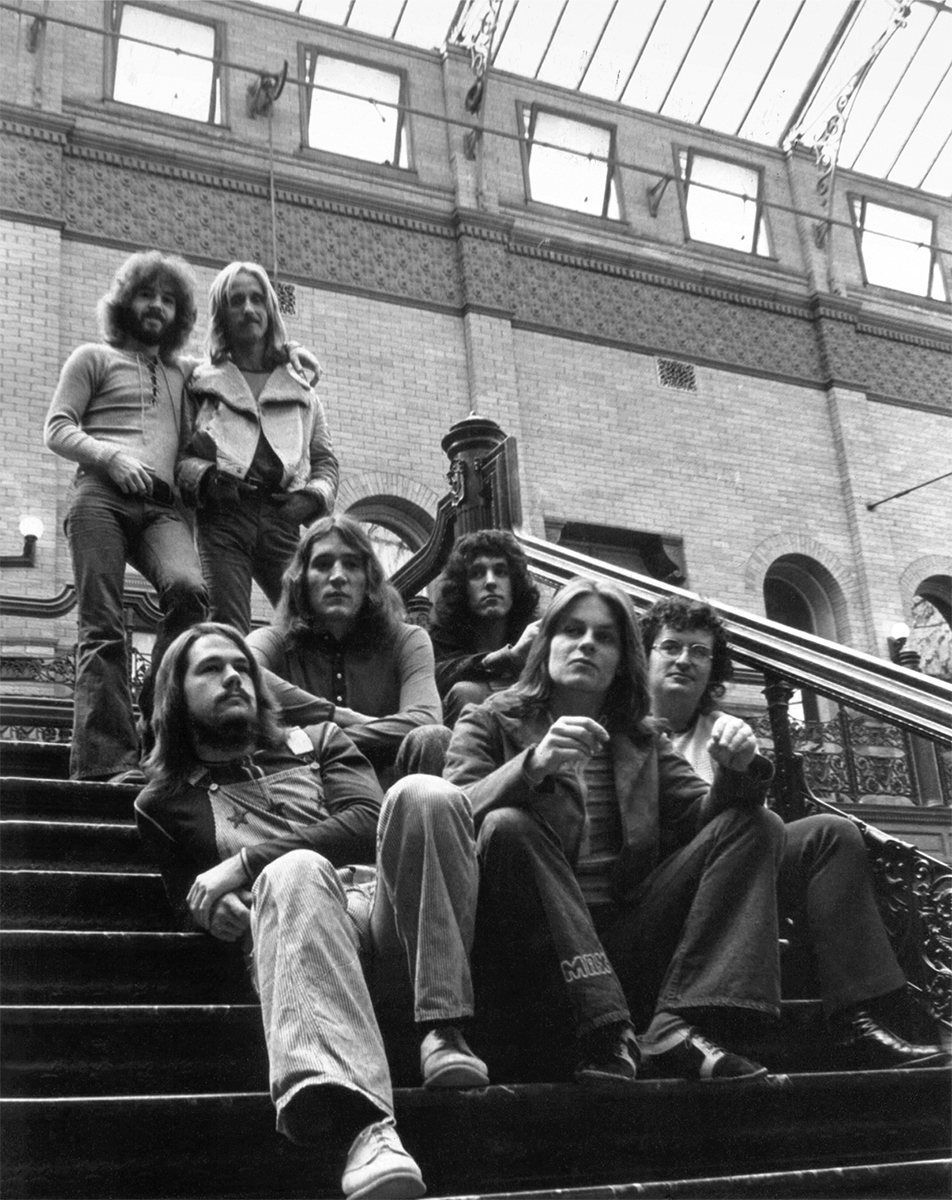
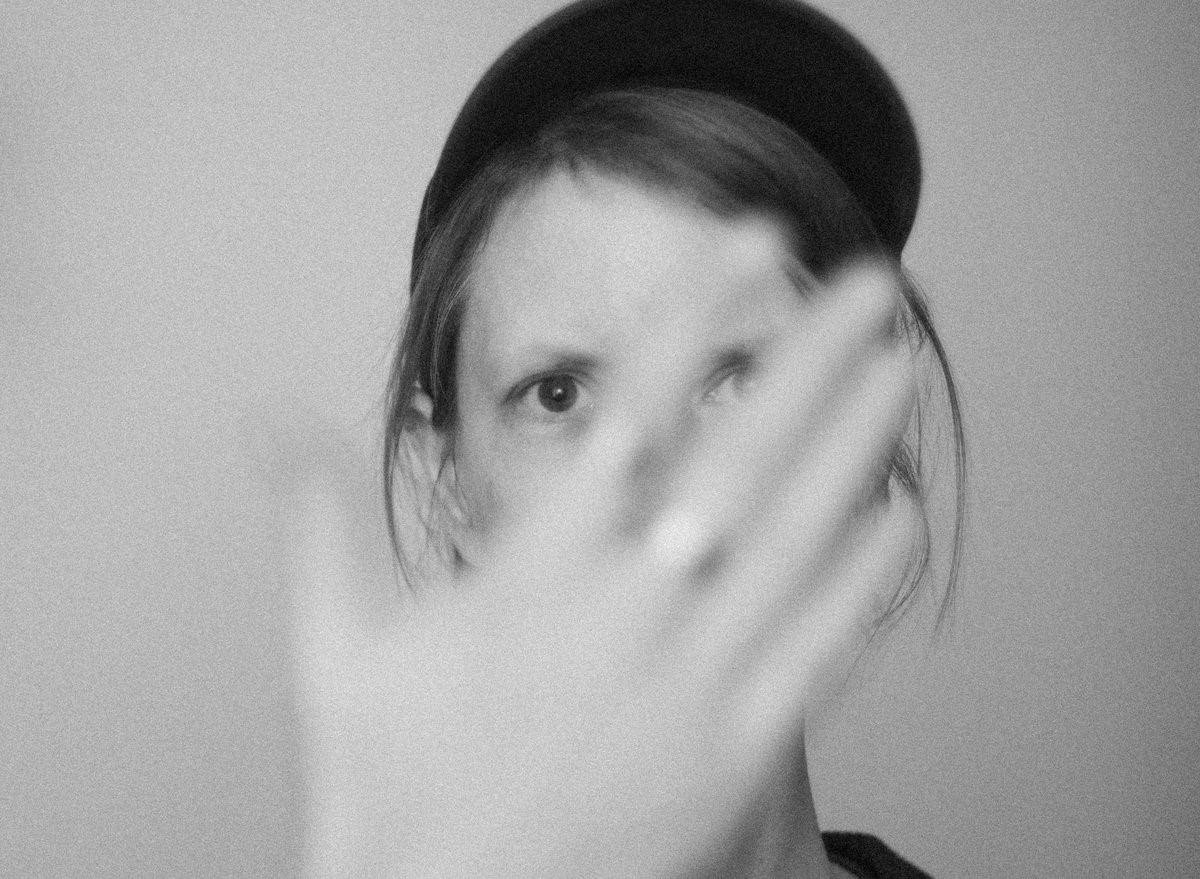
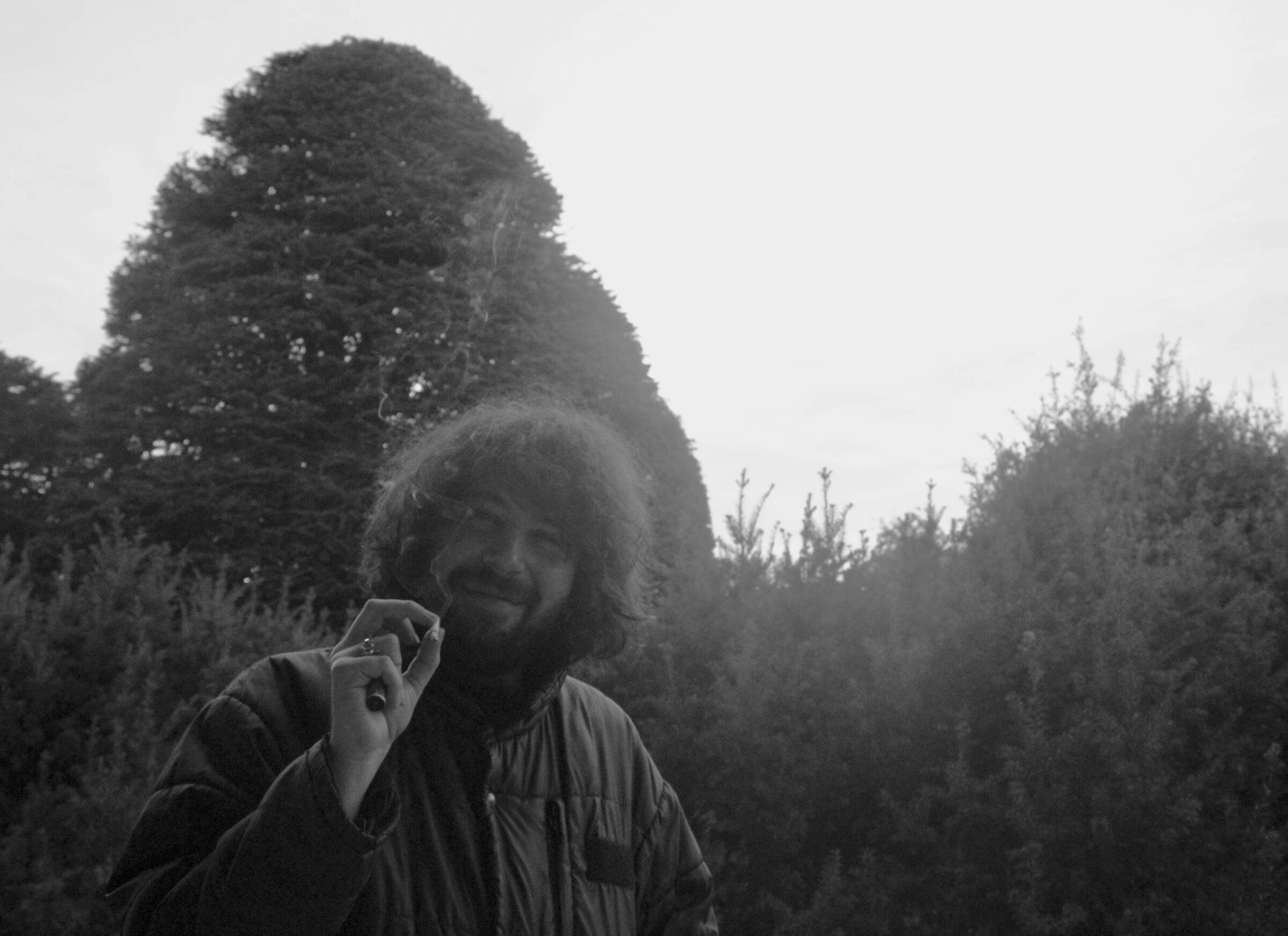
Lolol to his comment about 'THE THINGS THAT CONCERN YOU'….I always thought that song ruined the album as well.